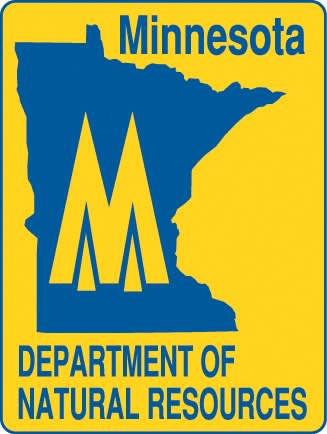Prevent Spread of Aquatic Invasive Species During Minnesota’s “Cabin Close-Up” Season

Labor Day has come and gone and soon Minnesotans will be raking leaves and preparing for winter. But the switch from summer to fall means a new season where Minnesotans must be vigilant to prevent and curb the spread of aquatic invasive species like zebra mussels.
The Minnesota Department of Natural Resources (DNR) offers important legal reminders and tips that apply to cabin and lakeshore owners as well as boaters.
WATERCRAFT TRANSPORTATION AND STORAGE
When removing watercraft from lakes or rivers at the end of the boating season, there are two important things to know:
- First, it is illegal to transport any watercraft, which have zebra mussels, faucet snails or other prohibited invasive species attached, away from a water access or other shoreland property even if it is to put them in storage for the winter.
- Second, to accommodate the thousands of boaters that face that dilemma, the DNR developed a special one-way pass, or DNR authorization form. The form allows boaters to transport watercraft to a location for removing prohibited species and storage, or once cleaned to a storage location such as a garage or boat shed.
The forms are available online at www.dnr.state.mn.us/invasives/ais_transport.html. The DNR form must be filled out and carried in the vehicle during transport. The form includes conditions that zebra mussels or other species must be removed prior to subsequent transport from the decontamination or storage location, such as back to the water in the spring.
STORING LIFTS AND DOCKS FOR WINTER
Shoreland owners and lake service providers may legally take water-related equipment out of infested waters, even if it has zebra mussels or other prohibited invasive species attached, and place it on the adjacent shoreline property. Boat lifts, docks, swim rafts, weed rollers, irrigation equipment or pumps can be taken out of infested waters and placed on shore without a permit.
However, if people choose to move equipment from any lake or river to another water body, visible zebra mussels and faucet snails must be removed, and it has to go through a 21-day drying period before it can be placed in other waters.
Next spring, docks, lifts and swim rafts stored on shoreline property may be legally placed back into the same water without removing zebra mussels and other nonnative species.
WATERCRAFT AND WATER EQUIPMENT INSPECTIONS
When people pull their watercraft or water-related equipment out of the water for the season, they should be sure to inspect it and see if aquatic invasive species are attached. People should look on the posts, wheels and underwater support bars of docks and lifts, as well as any parts of boats, pontoons and rafts that may have been submerged in water for any extended period. In newly infested waters, adult zebra mussels may not be abundant, so there may only be a few mussels on a piece of equipment.
Shoreland owners should check for adult zebra mussels, which are yellowish-tan and brown striped, and range in size from one-eighth inch to about one inch long.
People who find something they suspect is a zebra mussel, faucet snail or other aquatic invasive species should take a picture of it, keep a specimen, and report it to the nearest DNR invasive species specialist. A listing of specialists is available on the DNR’s website at www.mndnr.gov/ais.
The DNR believes that personal responsibility is the key to successfully preventing and curbing the spread of aquatic invasive species. The agency is counting on the public and businesses to follow the law. Without public cooperation, the risk of spreading aquatic invasive species increases.

